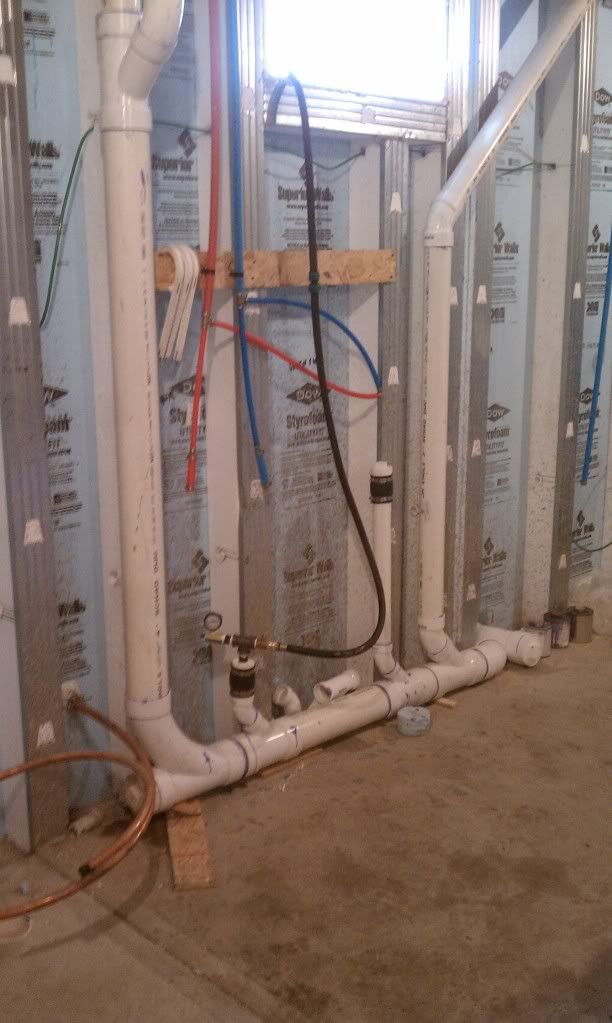jar546
CBO
Just something to look at and comment about:


Your premier resource for building code knowledge.
This forum remains free to the public thanks to the generous support of our Sawhorse Members and Corporate Sponsors. Their contributions help keep this community thriving and accessible.
Want enhanced access to expert discussions and exclusive features? Learn more about the benefits here.
Ready to upgrade? Log in and upgrade now.

No, its a Wyejim baird said:Is that a tee laying sideways where it turns into the wall?
I will have to respectfully take issue with you on this. Section 312.1 does not allow air to beThat is why the code allows 5 pounds of air pressure on a test in lieu of 10 feet of head pressure.
I see the section where it is not allowed in the 2006 IPC but I don't have a section P2506.3 in my 2006 IRC nor do I find where air is not allowed on PVC.north star said:>Mule stated:
I will have to respectfully take issue with you on this. Section 312.1 does not allow air to be
used on plastic ( pvc ) piping.
2006 IPC - Section 312.1 & 2006 IRC - P2506.3: " ...All plumbing system piping shall
be tested with either water or, for piping systems other than plastic, by air."
<
fill the pipe without getting air pockets, drain the pipe!Glennman CBO said:If he only added the gauge to see what the head pressure is, then what is the black hose for?
